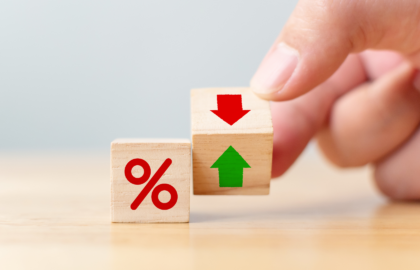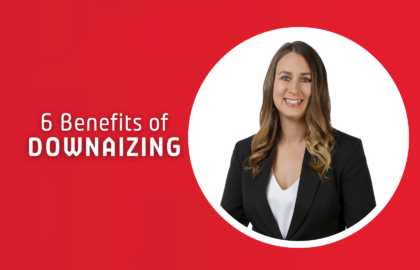
When the time comes, many first-time homeowners are faced with the question of whether to buy or build a house.
There are pros and cons to each but a few factors in 2022 make the home building landscape different from other years.
Buy new or build?
Building your own home means either buying an off-the-plan home and land package (or unit) that will be built while you wait, or designing and building your home with the help of an architect, builder and other contractors.
Benefits of building a new home
Bespoke: When you build your own home from scratch, you get to make all the decisions about style, fixtures, layout and the rest. With an off-the-plan home, you may have choices about the layout and features e.g. carpet vs floorboards or benchtop colours.
Brand new: A newly built home is ready to move into and should be in good condition because it has no previous owners.
Government grants: You may be able to access a first homeowners grant if you buy a newly built place. However, you should do your sums to check if you will actually be saving money.
Drawbacks of building a new home in 2022 and 2023
Time: Building a home is a lengthy and complicated process. Building can mean you have to find other accommodation in the meantime. 
Building industry challenges: Pressures caused by COVID and Australia’s low migrant numbers mean both materials and manpower are in short supply at the moment. Some building companies are unfortunately going under, while others have been forced to raise their prices and deal with delays caused by labour shortages.
There have also been a lot of delays caused by bad weather, particularly on the east coast. Many families are finding themselves stuck in limbo because the home build process is taking far longer than expected.
Cost: You may feel like you can have everything you want when you build, but costs have a way of blowing out. Ask a few people who have built their home whether they stayed within budget… the answer is usually a great big “no”.
Unpredictable: When you build a home, you can never be quite certain how it will turn out. Even the best-planned projects will encounter hiccups along the way and some unlucky people end up with a lot less than they paid for. If you do decide to build, always use a fully licensed builder and sign a contract so you are protected. Don’t sign off and move in without an inspection from an independent contractor who can check the property has been completed to the right standards.
Why buy an existing property?
An existing home is any property that is fully built and ready for you to move into.
Benefits
You know what you’re getting: Unlike building a home, you can see and touch exactly what you are getting right from the start.
Move right in: Other than a few weeks for settlement, there is no waiting for a pre-existing house. Once the settlement is done, you can move straight in.
Have a building inspection: With a pre-existing home, you can have a building inspection so that you know if there are any issues like leaks and can get an estimate of costs.
Character: Older homes often have a lot of style and charm that you won’t find with a brand new home (unless you have a very large budget).
Drawbacks of buying an existing home
Not bespoke: When you buy an existing home, you have to settle for the existing layout and many of the existing features. However, you can always renovate and change the property over time to suit your needs and taste.
Existing issues: A pre-existing house may have structural issues or other problems when you move in but if you take the time to have a building inspection you should at least be aware of what they are and how much they will cost to fix.
Given the challenges of the building industry at this point in time, buying an existing home may be a safer bet, but of course the decision is up to you. If you’re unsure about what to do, have a chat with your local real estate agent about the properties that are available in your area and whether or not they may be suitable for you.








